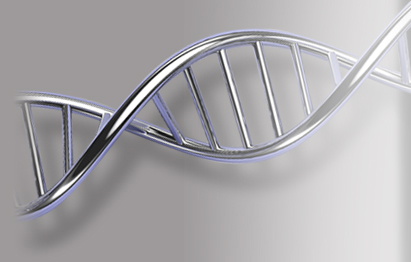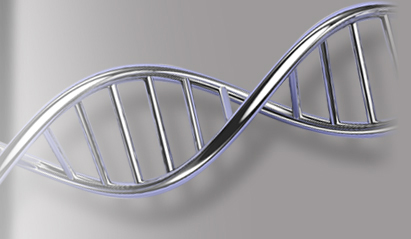Differential Expression
You are here
The end goal of RNA-Seq analyses for many is differential expression. The best tool is Cufflinks, a suite of peer-reviewed algorithms found in Sequencher. In its simplest form, this is a four step process which takes you from re-alignment to differential expression by way of normalization. All of the steps are carefully presented through graphical user interfaces with access to command-line options but without going through the command line itself. The suite can deal with replicates and different experimental samples or conditions. With the Conditions Editor, it’s easy to set things up so that your samples are correctly labeled and easily identified when you get to the Plots and Charts stage of your analyses. This step of the proceedings has been the undoing of many when attempting on the command line and, because these analyses can take many hours, especially if you have many samples/conditions, you don't want to get it wrong. Sequencher will tell you, before you start your run, how many replicates and conditions you have.
Once you have completed your analyses, you can explore them with Plots and Charts. This feature provides the classic Volcano Plot, Scatter Plot, and Bar Chart. You can easily filter and sort your data in the data table and reduce what you plot to the genes or regions of interest. With a unique two-way link between the data rows and the spots or bars in the charts, it's a snap to find out which genes are present as outliers or significant. You can then export the plot as a PNG for inclusion in your notes or publications.
When you are ready to do more with your expression data, then use CodeLinker, the latest member of the Gene Codes product line. It can import RNA-Seq expression data in Cuffdiff format, allowing you to analyze your data with proprietary algorithms including, clustering, Principal Component Analysis (PCA), hierarchical heat maps, Artificial Neural Networks (ANNs), Self-Organizing Maps (SOMs) , and data prediction using our Sub-linear Association Mining (SLAM) data mining algorithm.


